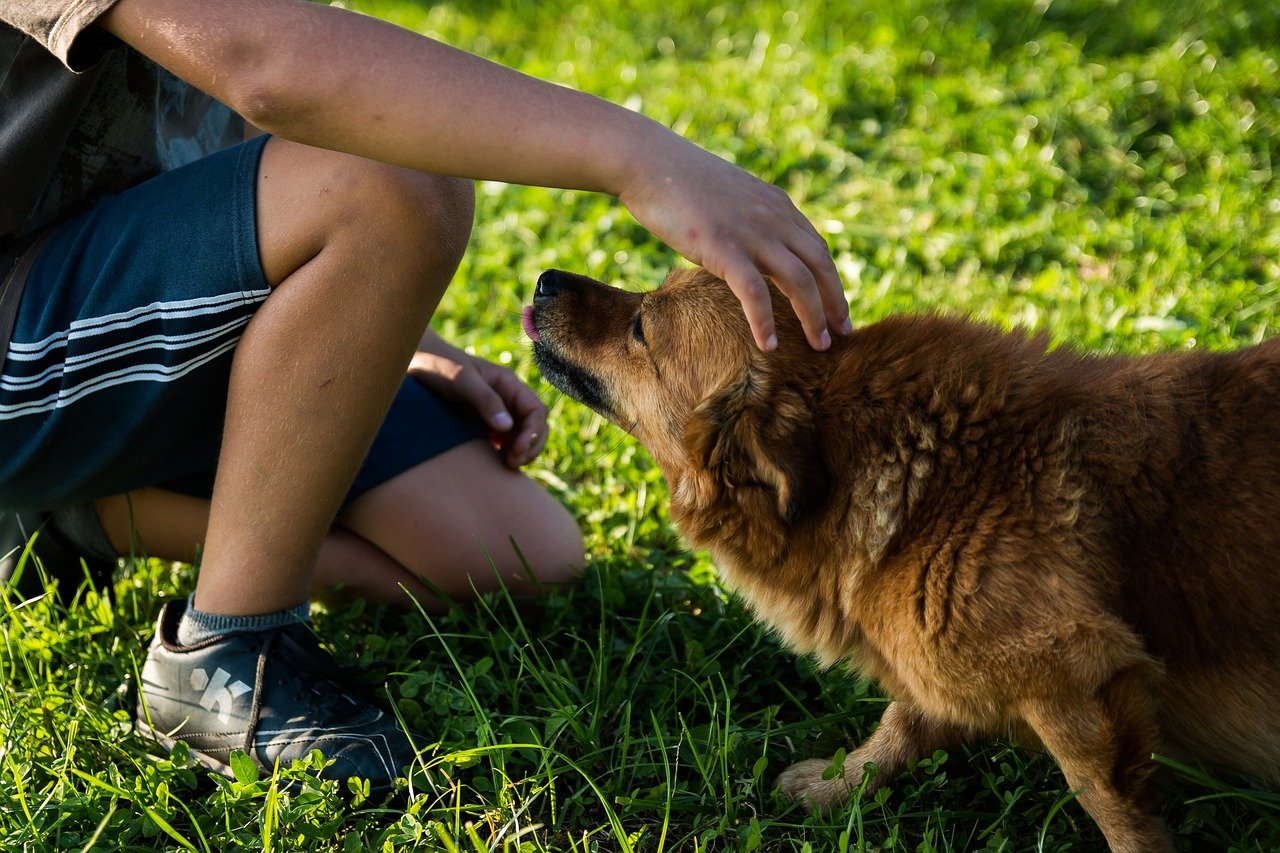Have you ever seen a dog snarl, bark, or lunge, and felt your heart sink with fear or frustration? It’s a gut-wrenching feeling, especially if it’s your own dog. But what if I told you that behind every growl is a story waiting for a second chance? Many people are quick to label aggressive dogs as hopeless or dangerous, but the truth is far more complicated—and surprisingly hopeful. Let’s take a deeper look at why you should never give up on an aggressive dog. The reasons might just surprise you, and maybe even inspire you to see these misunderstood pups in a whole new light.
Understanding the Roots of Aggression
Aggression in dogs doesn’t just appear out of thin air. It’s often a sign that something is wrong or that a dog is feeling afraid, stressed, or threatened. Think of it like a smoke alarm—it’s loud and scary, but it’s there to tell you something important. Dogs might act aggressively because of past trauma, lack of socialization, pain, or even confusion about their place in the world. Many people misunderstand aggressive behavior as a sign of a “bad dog,” but in reality, it’s often just a dog asking for help in the only way it knows how. By digging into the reasons behind a dog’s aggression, we can start to see the world through their eyes and offer the support they desperately need.
The Power of Patience and Consistency
When dealing with an aggressive dog, patience isn’t just a virtue—it’s a necessity. Change doesn’t happen overnight, and every small step forward is a victory worth celebrating. Consistency in your actions and routines helps build trust, showing your dog that the world isn’t as unpredictable as they might fear. Imagine trying to learn a new language; if your teacher kept changing the rules, you’d get frustrated too. The same goes for dogs. Consistent, patient effort helps them feel safe and gives them the best chance to unlearn old fears and habits.
Building Trust Through Positive Reinforcement
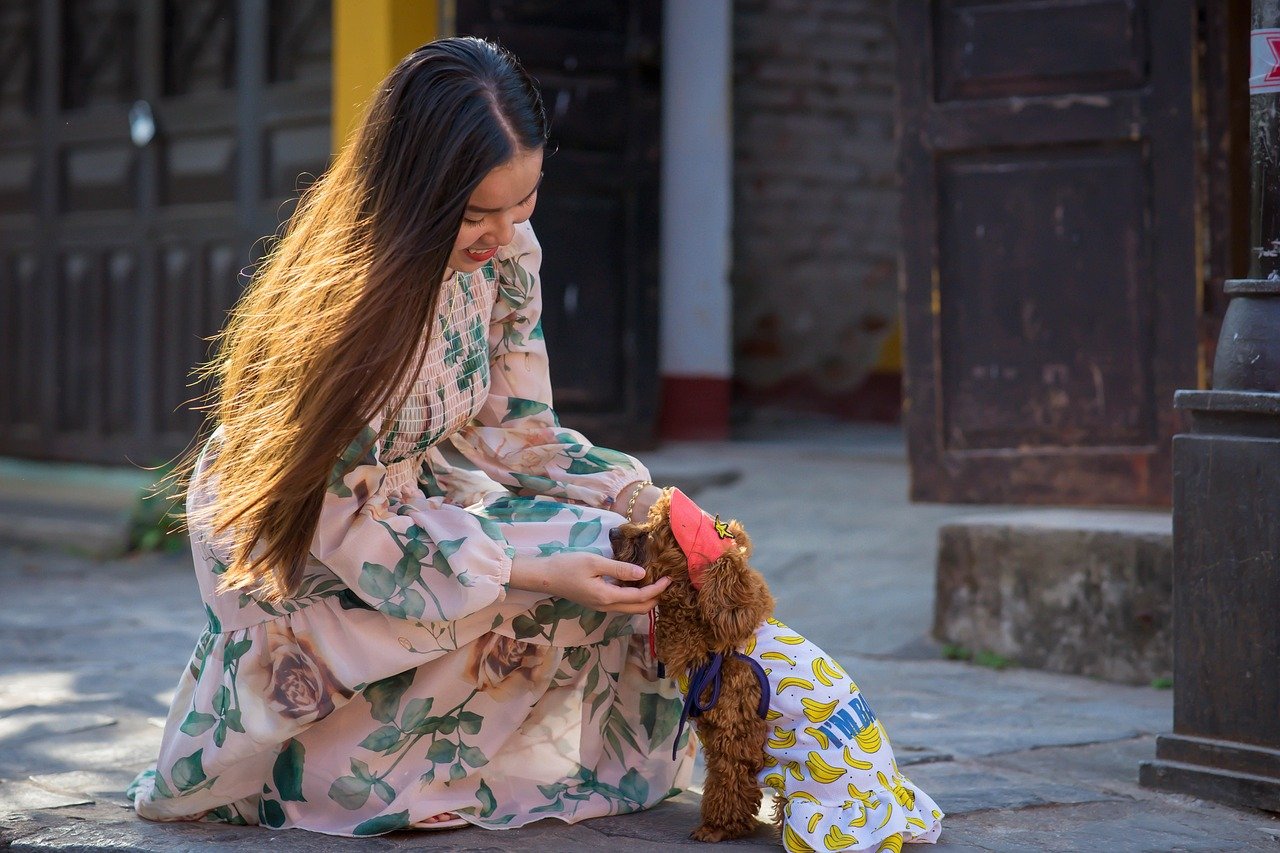
Aggressive dogs often expect the worst from people because of past bad experiences. That’s why positive reinforcement—rewarding good behavior instead of punishing bad—can work wonders. A treat, a kind word, or a gentle pat can mean the world to a dog who’s used to being shouted at or ignored. Over time, these little moments add up, teaching your dog that humans can be trusted. It’s like filling up a piggy bank with good experiences; eventually, the balance tips and your dog starts to believe in kindness again.
The Role of Professional Help

Sometimes love and patience aren’t enough on their own. That’s when professional trainers or behaviorists can make all the difference. These experts understand canine body language, triggers, and the subtle signs of stress that most of us miss. They can design personalized plans to help your dog overcome aggression safely. Think of them as translators for your dog’s emotions. Seeking help isn’t admitting defeat—it’s giving your dog the best possible chance for success.
Success Stories: From Aggression to Affection
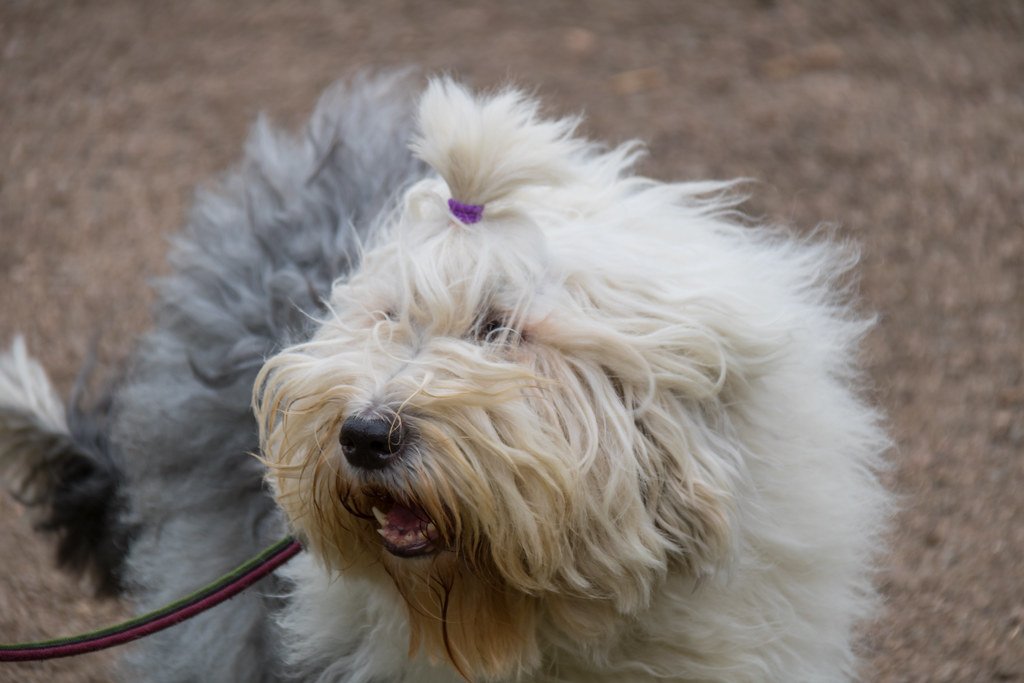
If you ever doubt whether an aggressive dog can change, just listen to the countless stories out there. Dogs who once growled at every stranger now snuggle on laps and play in the park. I’ll never forget my neighbor’s dog, Max—once feared in the neighborhood, now the mascot of every block party. These transformations aren’t magic; they’re the result of patience, understanding, and a refusal to give up. Every happy ending starts with someone who believed change was possible.
The Emotional Bonds That Grow Stronger
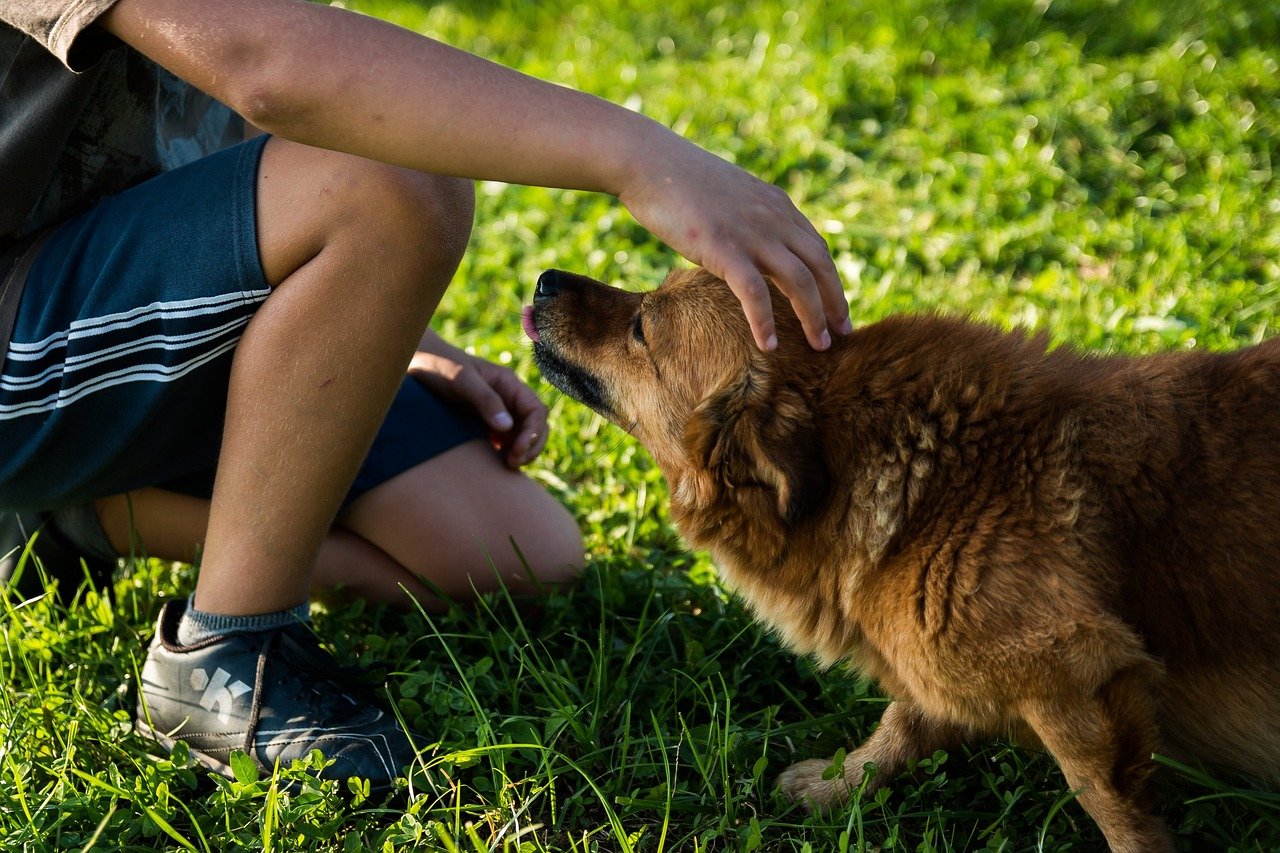
There’s something deeply powerful about helping a dog overcome aggression. The bond that forms is unlike any other—a mix of relief, pride, and profound love. When a dog learns to trust again, it’s as if their whole world opens up. Owners often say that the journey brings them closer, teaching them about empathy, resilience, and the healing power of connection. In the end, both dog and human come out stronger.
Preventing Aggression Before It Starts
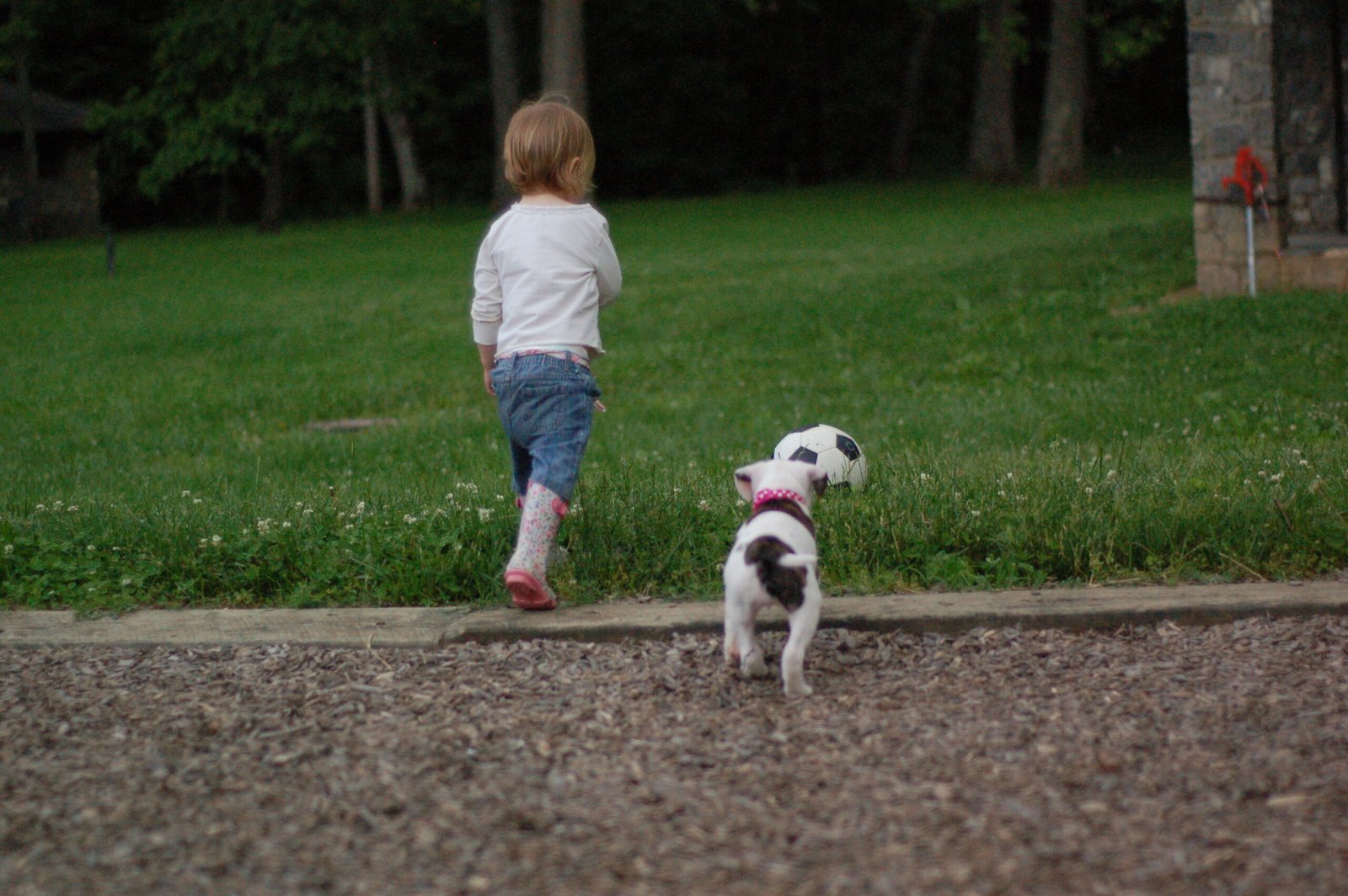
While it’s crucial to help dogs who are already aggressive, it’s just as important to prevent aggression in the first place. Socializing puppies early, setting clear boundaries, and providing plenty of positive experiences can lay the groundwork for a well-adjusted adult dog. Even older dogs benefit from continued socialization and training. Prevention isn’t about being perfect—it’s about giving your dog the tools they need to navigate the world with confidence.
Every Dog Deserves a Chance
It’s easy to write off an aggressive dog as a lost cause, but every dog deserves a shot at a better life. They’re not monsters—they’re misunderstood. By refusing to give up, you’re giving your dog the chance to become the happy, loving companion they were always meant to be. Isn’t that worth fighting for?

Linnea is a born and bred Swede but spends as much time as possible in Cape Town, South Africa. This is mainly due to Cape Town’s extraordinary scenery, wildlife, and atmosphere (in other words, because Cape Town is heaven on earth.) That being said, Sweden’s majestic forests forever hold a special place in her heart. Linnea spends as much time as she can close to the ocean collecting sea shells or in the park admiring puppies.

